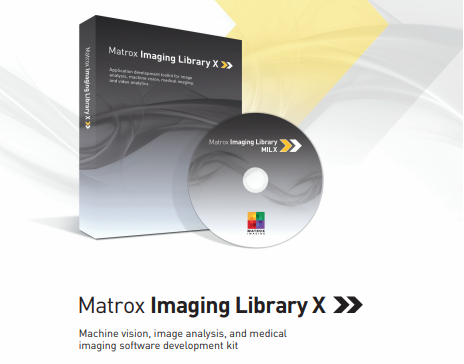5 Things to Consider When Developing a Deep Learning System
So far in this series of blog posts, we have covered the advantages of deep learning machine vision systems to automate industrial applications, the essentials of training a deep learning system for machine vision, and deep learning for the food industry.
In this blog post we will be covering five essential deep learning considerations to make before you start planning your project.
Application
The first thing to think about is your application.
Does it play to the strengths of deep learning? How difficult would it be for a neural network to be as good as a human at the given task?
Remember, deep learning is best at classification, recognition, reading, and detecting. If your application calls for any of these core functions, then you’re off to a good start. Deep learning can also handle more complex and subjective applications — you will just need to make sure that the dataset is large enough and suitable for its intended purpose.
As always, feel free to get in touch with us if you’d like help finding the best solutions to your machine vision questions.
Data
As we have covered previously in this series, preparing and assembling your dataset is a crucial element of implementing your deep learning system and must be considered carefully.
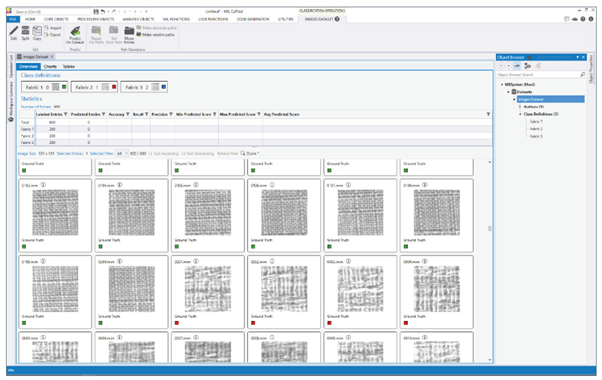
Organising and labelling the training set using Matrox Imaging Library (MIL) CoPilot
The basics that you will need to carefully think about are:
- Deciding between open source and self-gathered data sets;
- The number of images in your dataset;
- The repeatability of the images in your dataset;
- How well your dataset will prepare the neural network for any outcome in practice – it will need to ‘expect the unexpected’;
- Splitting your data into subsets; and:
- Preparing and augmenting your data.
For a detailed exploration of the topic of deep learning data preparation please do check out our dedicated blog post.
Hardware
The next thing to think about is your hardware. In addition to the core machine vision components you will need – a camera, a lens, and illumination - deep learning systems will require a computing system for you to run your neural network on.
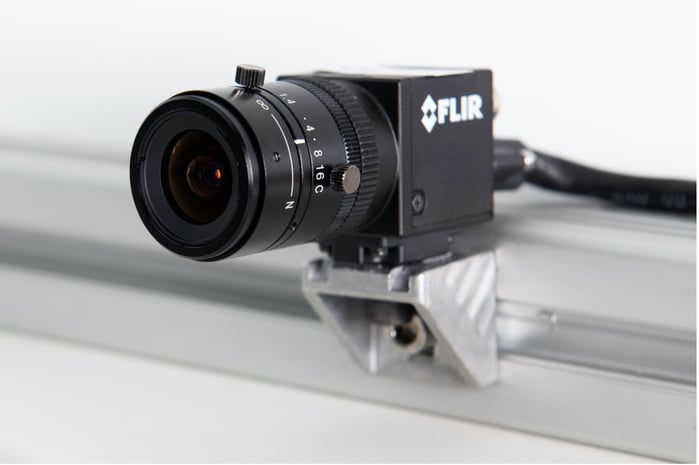
FLIR’s Blackfly and Blackfly S cameras come in a huge range of resolutions and sensor sizes, available in GiGE and USB 3.1 interfaces.
The complexity of your application and size of your dataset will ultimately determine the level of computing power your system will need in order to smoothly support your trained neural network. Generally speaking though, more computing power is needed for deep learning, so it’s best to be prepared with a high-performing system.
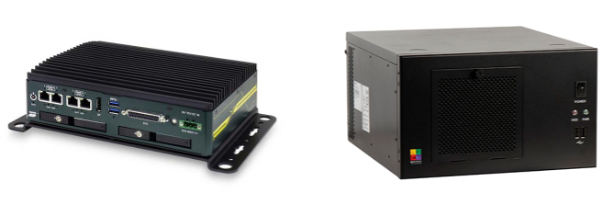
We offer a broad range of embedded systems from Matrox and Neousys, with a wide variety of interface, power, and mounting options suitable for many industrial requirements.
Some solutions take on a more ‘plug-and-play’ approach, such as with FLIR’s FireFly DL – an incredibly compact camera with a high-performing Intel Movidius Myriad 2 VPU.
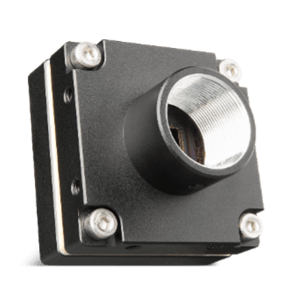
FLIR Firefly DL
Users will still need to load a trained convolutional neural network onto the camera before capturing images and making logical inferences, but the advantage here is it can be done without the need of additional processing on a PC or embedded system.
Software
As deep learning projects can be tricky to get started with, it’s a good idea to use powerful, user-friendly software that will support you in every step of the process, from dataset to deploying your network and onwards in your deep learning application.
That’s why we recommend Matrox Imaging Library (MIL). With an amazing breadth of functions and features to suit practically any machine vision application, it works exceptionally well for deep learning projects.
Whilst there are other software solutions out there, MIL offers the best balance between price, usability, efficiency and performance – and when it comes to time, you’ll want to maximise efficiency wherever possible.
Time
It is worth noting that, due to the data preparation stages, preparing a deep learning system will take a few days more than a traditional machine vision system to implement.
The silver lining of this is that automating your processes down the line with a deep learning machine vision system will save you time in the long run – the more long-term your application is, the more time it will save you.
This means if you carefully plan ahead of time and account for every stage of the process, you will be setting yourself up for success with your deep learning project.
Cutting Edge Deep Learning Solutions from ClearView Imaging
We understand that preparing for a deep learning machine vision project can feel like a mountainous task. At ClearView Imaging, not only do we supply all the components you will need for your machine vision project, but we also have a great team of technical engineers and vision experts with the knowledge and experience to help you with your application. Whatever the question or query, feel free to get in touch via our contact page.
This concludes our series of blogs on deep learning for machine vision. Join us next week for a brand-new topic series!
Whether you’re an OEM, a system integrator, engineer or even an end user, be sure to check our great range of machine vision products for the best machine vision components on the market.





